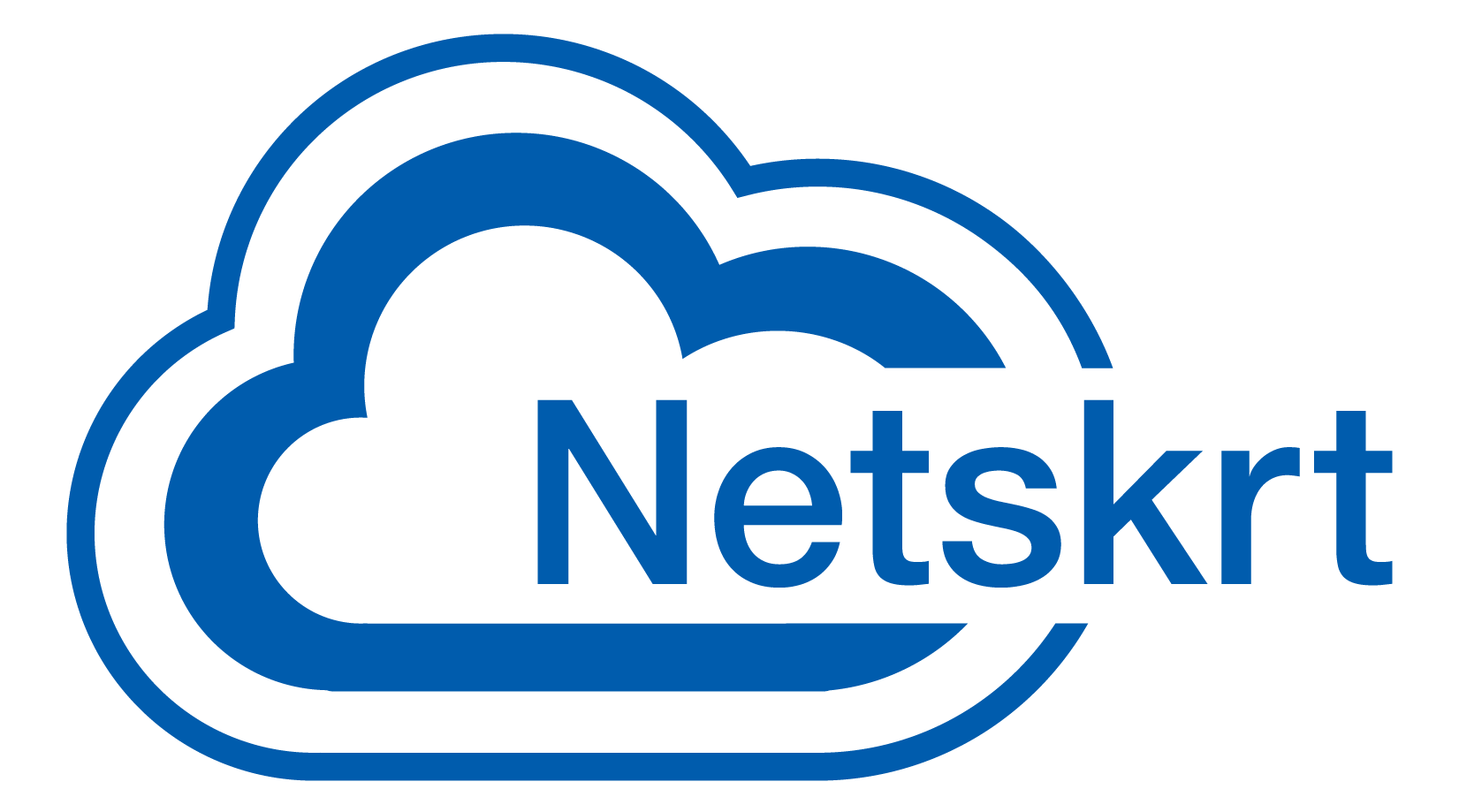Delivering High QoE to Rural Subscribers with Better Efficiency
Introduction
According to 2022 census data, people living in rural areas account for 14% of the United States population, or around 42 million people. While that number is already significant, societal shifts like remote work and higher costs of living in urban areas are seeing it grow even more. Most people living outside big cities are connected to the internet through local Internet Service Providers (ISPs) that also service rural areas (e.g. outside of major metro markets and away from the big ISP pipes).
Subscribers in these areas often have limited upstream bandwidth, especially when it comes to streamed content, like live sports and popular on-demand media. For rural areas in particular, consistently delivering a high-quality streaming experience can be challenging for ISPs and content providers alike – especially when big live streaming events constrain capacity.
Streaming High-Quality Content Requires More than High Speed Internet Access
While many last-mile ISP subscribers might have symmetrical fiber connected to their homes, delivering high-quality streamed content requires more than just local access bandwidth. Regardless of how much bandwidth (or internet access capacity) there is between an ISP and their subscribers, streaming quality really depends on how much bandwidth is available between an ISP and their upstream content providers. Problems commonly arise when subscribers think they have a lot of bandwidth available, unknowingly request high bitrate content, and expect an uninterrupted streaming experience. Of course, this is what subscribers are sold. If too many subscribers request streamed content at the same time, however, upstream capacity quickly becomes constrained. What does that mean for subscribers?
- Bitrates will drop, delivering lower quality media (e.g. going from HD to SD).
- Packets may be lost, requiring subscribers to restart the video.
- Buffering may increase, revealing the little spinning wheel and pausing the video while subscribers wait.
How Today’s Streaming Methods Impact ISPs and Subscribers
Today, most personalized content delivery is handled using an over-the-top (OTT) one-to-one streaming method known as unicast. When multiple subscribers request the same content, a one-to-many method, called multicast, can sometimes be deployed. Multicast, however, streams over an internet IP network (typically a closed IP or IPTV network), so it’s not a viable solution for most local ISPs.
For large ISPs, delivering streaming content to multiple subscribers is relatively straightforward. They partner with content providers, who employ content delivery networks (CDNs) to cache their streaming content. This provides large ISP networks with immense capacities that can easily handle millions of streaming requests simultaneously, because their proximity to the CDN allows them to spread and absorb requests throughout the network. ISPs serving rural customers, on the other hand, don’t have this capability. Due to their distance from major CDNs, rural ISP networks are often peered, or interconnected, with ISPs further up the delivery chain (e.g. multiple hops away). As a result, delivering consistent, high-quality content to rural subscribers can be a challenge, especially for live streaming.
How Embedded Caching Addresses QoE for Everyone
Content providers fully understand the importance of CDNs. By establishing relationships with multiple commercial providers like Akamai, Fastly, Cloudfront, Edgio, and others, they can provide a quality experience in many geographies when it comes to streamed content.
In order to truly provide a quality streaming experience for rural subscribers, ISPs must place caches in their own network. By doing so, they can take a page out of the commercial CDN playbook: content is stored and delivered closer to the end user, which has deep benefits. First, placing a cache in their network mitigates upstream backhaul for network operators. Instead of fetching the same stream over and over again for each subscriber, multiple requests for the same content can be collapsed into a single request. The locally embedded cache can then deliver the content from a location that is much closer to the subscriber, ensuring a high-quality streaming experience for everyone.
With an embedded cache in an ISP’s network, content providers also benefit. Their viewers’ Quality of Experience (QoE) is often much higher, and key metrics, like time to first byte, rebuffer ratio, and average bitrate, are significantly improved. Videos play faster, they don’t buffer as often, and viewers get the HD streaming content they expect.
Unfortunately, getting caching boxes into hard-to-reach network locations isn’t easy. Commercial CDNs typically don’t spend resources on smaller networks that may only serve a few thousand people. To put it simply: it just doesn’t make economic sense for the CDN to do this, as the cost of the gear is usually higher than the benefit. Rather, content providers hold commercial CDNs accountable to improve their networks when QoE is poor. For many CDNs, however, the cost of peering with a local ISP may not be worth it if rural subscribers only represent a small percentage of overall QoE. Herein lies a conundrum for ISPs covering rural networks, as well as for content providers that may be missing a significant share of voice in these areas.
Ultimately, content providers determine which ISP networks serve their content, regardless of where end-subscribers are physically located.This means requests to the cache can greatly vary: one subscriber’s request could be 10 miles away, while it could be 300 miles for another, all within the same network.
The Case for Netskrt’s Embedded Cache
For Greenlight Networks, a local ISP servicing several regions in New York state, peering with other ISPs and content providers through “carrier hotels” was cost prohibitive. Instead, they opted to install a locally embedded cache from Netskrt, ensuring delivery by serving content closer to their subscribers. Before partnering with Netskrt, live streamed sporting events like NFL games often generated 25% or more traffic in Greenlight’s network. While their downstream bandwidth was adequate for high-quality, high bitrate content through fiber to the home, their upstream bandwidth was still limited. Previously, each subscriber request for one live sports game required Greenlight to fetch a new stream. If there was a significant traffic spike, Greenlight would need to purchase additional upstream capacity, which was costly and not ideal as a long-term solution.
Partnering with Netskrt allowed Greenlight Networks to avoid purchasing additional upstream capacity for live-streamed sports content, while improving subscriber QoE. By collapsing requests and serving content from an embedded Netskrt cache, Greenlight significantly reduced their middle-mile backhaul. Additionally, they no longer had to fetch duplicated unicast streams, freeing them to better serve non-cacheable content (like internet video conferencing), that other subscribers request as well.
Rural Networks Shouldn’t Cost QoE for ISPs or Content Providers
Aside from ISPs, content providers also greatly benefit from including a last-mile CDN in their delivery architecture. With approximately 42 million people living in non-metropolitan areas within the US alone, improving QoE in remote networks can significantly increase brand trust for content providers, ultimately resulting in a larger share of voice and more revenue.
Netskrt’s last-mile CDN is more than just an embedded cache: it is a multi-partner platform that delivers content from multiple providers to local ISP subscribers, and it’s a full-managed service to boot. Plus, Netskrt technology allows content providers to intentionally cache popular content, thereby serving it to rural subscribers more efficiently. By implementing caches in rural networks, both ISPs and content providers can ease congestion–from live sports streaming, to live video conferencing–while greatly improving quality of experience for subscribers everywhere.
To learn how Netskrt can help your organization, check out our solutions for ISPs and Content Providers – or get an embedded cache now to get started.


